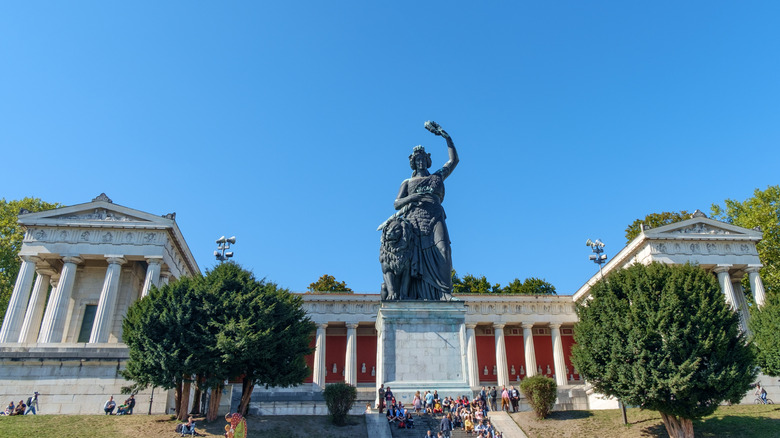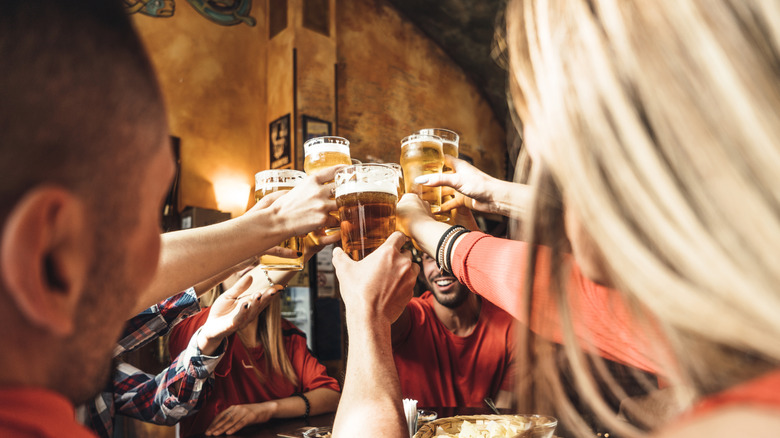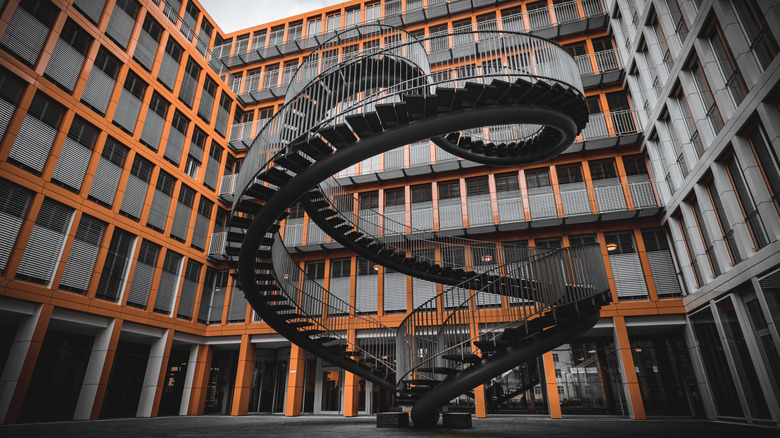Munich, the spirited capital of Bavaria, Germany, is a city steeped in tradition, best known for its lively Oktoberfest, where frothy beers freely flow each fall, drawing millions to celebrate the history of beer and culture. Beyond this famed festival, Munich hums with a gentle charm, its streets lined with history and a relaxed and comforting energy. Just west of the city’s hub is Schwanthalerhohe, also known as the Westend. It’s a neighborhood that feels like a cozy village tucked within the urban expanse. Once a rough-edged industrial zone, the area has transformed and blossomed into a vibrant haven of diversity, easily blending gastronomy with art, culture, and a genuine community spirit offering visitors an authentic Munich experience.
To reach Schwanthalerhöhe, visitors can fly into Munich International Airport. From here choose a bus, tax, train, or subway — the latter being a favorite. No matter your mode, transportation services will reach this neighborhood in about an hour. Schwanthalerhöhe unfolds as a pedestrian and travelers’ dream, with many bike lanes, scooter rentals, and a compact layout offering easy connection its hotspots. Its location near the main train station makes it a great pitstop for European explorers.
Summer is a golden time to visit, with warm temperatures perfect for biking around the city and exploring it’s serene green spaces, and cool locations with ease. Festivals abound this time of year, and tourism brings a vibrant energy. In October, the renowned Oktoberfest brings in millions of festival goers, while winter wraps in a quieter calmness. Historically, Schwanthalerhöhe shed its “splintered glass quarter” nickname from the 1800s, when railroads and industrial factories reigned. After the 1980s factory closures, it has evolved into a trendy and inviting neighborhood.
Sipping and savoring Schwanthalerhöhe
Art and attractions around every corner
Schwanthalerhöhe’s creative energy dances through its indoor galleries, museums, and unexpected nooks, with exciting enjoyment for the curious. Kosk, set inside a repurposed city library, opens its doors with free exhibitions and hands-on workshops, aiming to spark inspiration among young artists in a space that feels like a creative living room. Bailer Kunst delights with contemporary flair in vivid canvases, sculpted artworks, and striking photos bursting with life, destined for sleek office walls. The street art can be found by simply walking through the neighborhood or visiting special locations like the Donnerberger Bridge, where since 2011, its concrete pillars and walls have been transformed into a wildly vivid, open-air gallery of fantastical graffiti. Designs paint tributes to the city’s spirit and history with bold and bright colors.
The quaint neighborhood’s landmarks are unmissable. Make sure to stop at the Endless Staircase, a piece of urban architecture that allows visitors to experience movement without a destination. The Bavaria Statue, the majestic “bronze lady” finished in 1853 stands almost 60 feet tall in front of the iconic Ruhmeshalle (hall of fame) where Oktoberfest is held, an engineering wonder that provides brilliant sweeping views of the neighborhood.
The Deutsches Museum Verkehrszentrum delights transportation enthusiasts, where vintage locomotives, bicycles, and automobiles tell a story of motion through time. Schwanthalerhöhe offers a charming fairytale German village, a slower-paced world, for those craving community, and close-knit energy without the compromise of exploration and highly rated gastronomy and creativity.




